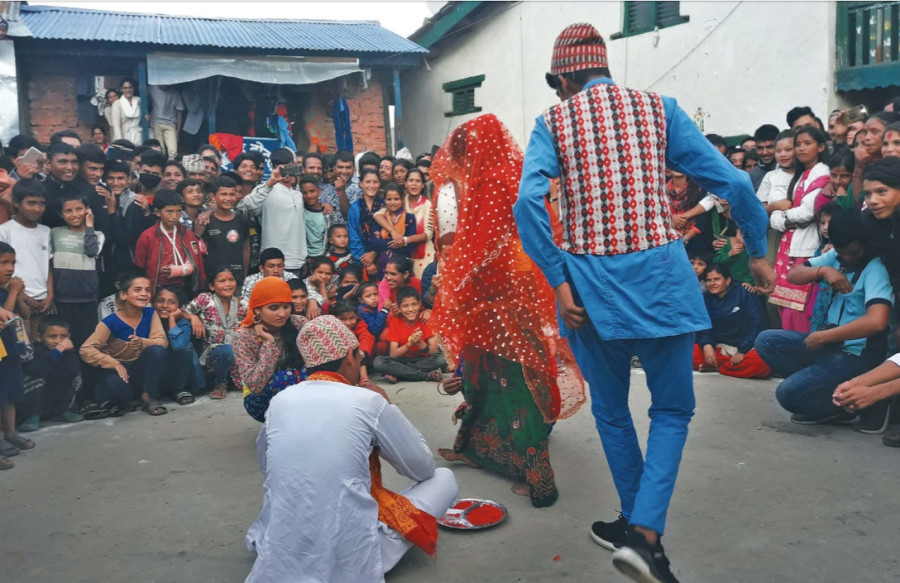Editorial
Laws are not enough
We risk reversing years of hard-earned progress toward keeping children, especially girls, in school.
In the last five years, child marriage in Nepal has increased to alarming levels. In 2019, the United Nations International Children’s Emergency Fund ranked Nepal as one of the top 10 countries where there is a high prevalence of child marriage among boys and girls. The first in-depth analysis of child grooms among 82 countries by the UN children’s agency showed that in Nepal, one in 30 men aged between 20 and 24 is married before turning 18. The figure for women is one in five, showing that child marriage cases among girls is much higher.
Experts working in the field of child marriage say there is a direct relationship between economic pressure and child marriage besides rudimentary social and cultural norms, and legislation alone will not be enough to end child marriage. Reports also indicate that child marriages increased following the 2015 earthquakes. There are concerns that the numbers could have risen significantly in rural areas where child marriage went unchecked amid the lockdown.
In remote Kalikot district of Karnali province, 169 incidents of child marriage were reported in just two local units in 2020, while data from the District Police Office shows that it thwarted some 109 underage marriages since mid-April last year. These staggering figures should keep us on our toes because we risk reversing years of hard-earned progress toward keeping children, especially girls, in school and ensuring they are safe from the physical, social and emotional effects of underage marriage.
Nepal abolished child marriage in 1963, and the government has committed to ending it by 2030. According to the Civil Code, the legal marriage age for both men and women is 20. However, underage marriage is still rampant, especially in Madhesi communities and remote areas. According to the Nepal Demographic Health Survey 2016, 13 percent of women aged 25-49 were married by 15, while 3 percent of men married that young.
Despite legislative progress and awareness programmes by the government and social organisations to curb underage marriage, surveys show it is a continuing problem that has detrimental effects on children’s health and development, which could also result in their death. Psychologists say underage marriage can lead to various social and mental problems like domestic violence, depression, high maternal mortality and malnutrition. Forced into marriage, children bear the brunt of these consequences and take on adult responsibilities while they should be in school with their peers.
However, the damaging effects of underage marriage are not limited to children and their families because as much as this is a social issue, it is also an economic one. It is estimated that state coffers will be burdened by trillions of dollars in welfare expenditure by 2030, but there is clear evidence that children who finish their education make better life choices, provide for the family and contribute to the economy.
Financial burden, illiteracy and socio-cultural norms have long been identified as major factors which lead parents to marry off their children. And there are reports of increasing elopements, which experts link to digital illiteracy. Of the 169 cases of child marriage in Kalikot district, local children’s rights activists say that as many as 156 are elopement cases.
The government needs to work with social organisations and pursue a multidisciplinary approach to end child marriages. It must ensure that children finish school and are involved in social actions in their community. Simultaneously, the government should create employment opportunities in rural areas and engage with local leaders, including religious leaders, to build grassroots awareness.




 6.53°C Kathmandu
6.53°C Kathmandu














